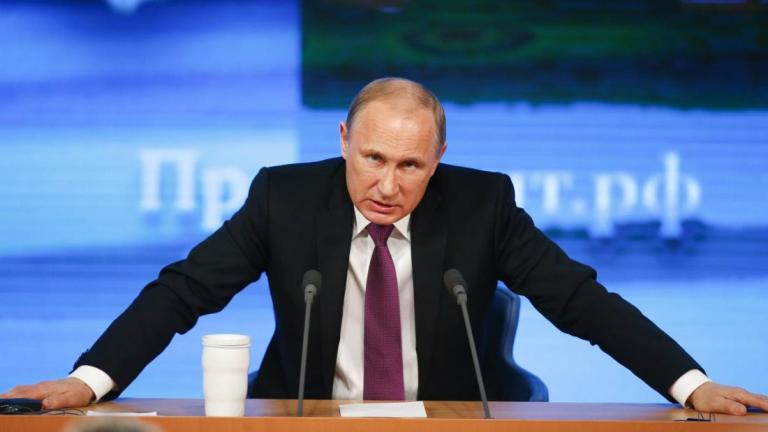
Russian President Vladimir Putin. COURTESY
Kyiv’s residents have watched shells rain down on the city these past days as they did in 1941, then at the start of a brutal war in which Ukraine endured unthinkable suffering. As images circulate of families huddled in basements and in the city’s subway for safety while rocket strikes light up the sky, it’s hard not to make the comparison. Except, this time, the threat is from the east.
It’s an imperfect parallel, but a vivid one for many Ukrainians that clashes starkly with Russian President Vladimir Putin’s outlandish claims to be “denazifying” Ukraine. Never mind his narrative — glossing over inconvenient details like the Nazi-Soviet pact — that 1941 is in fact a reason for invasion, an effort to avoid the errors of “appeasement.” “We will not make this mistake the second time,” he said in Thursday’s televised speech.
But it’s also a parallel which the Kremlin, even in its delusional state, would be unwise to dismiss. Blitzkrieg campaigns are appealing in the eye of planners but rarely turn out to be either painless or brief — even for powerful nations with apparent military superiority. Russian forces may well overwhelm the Ukrainian capital, but maintaining that control in the face of a motivated defense force and hostile population, not to mention actually achieving Putin’s longer term aims of regime change and security, is a different matter altogether.
It’s worth noting that Ukraine has already held back Russia more effectively than many thought it would. It’s early days, but the Russian attack hasn’t been surgical nor have particularly sophisticated tactics been on display. A battle outside Kyiv on Thursday saw Russian airborne troops attack an airport, only for the Ukrainian side to reportedly recapture it.
There’s the question of numbers. Combat theory dictates that attackers need at least a three-to-one ratio to overwhelm defenders in the first instance, and that holds even in today’s conflicts, with new technologies and autonomous systems, as Mick Ryan, strategist and retired major general in the Australian Army, told me. The estimated 190,000 Russian personnel in and around the border area, meanwhile, are facing a force of 205,000 active Ukrainian troops. Fighting on the ground, as Ryan points out, is always uncertain and unpredictable, and Moscow may have underestimated the difficulties ahead.
Of course, Russia has more resources it can deploy. Western intelligence officials have warned Moscow plans to take control of the city with “overwhelming force.” As reported in Ukrainian media, the plan to capture Kyiv and seize the government — with a cyberattack, airborne troops and saboteurs engaging in arson and looting, triggering a panic exit — will be difficult to repel if numbers are sufficiently large. But that’s at best a battle won, not triumph overall, let alone long-term success on Putin’s terms, which would involve securing Ukraine’s fealty to Russia.
Russia’s military is far better trained and equipped than when I was alongside them in Grozny over two decades ago. Moscow has spent heavily on overhauling its armed forces for this very moment. Commanding officers are prepared, as are the conscripts they lead. But Russians are attacking a neighbor with whom many may have family ties — they are not, as the Ukrainians are, defending their livelihoods, homes, families or values that are high-minded but motivate, like democracy and freedom.
But there’s the more fundamental question of whether this victory as Putin sees it — securing a friendly government, halting Ukraine’s westward drift — is achievable at all with the current strategy. That seems doubtful, and in fact the Kremlin seems to be achieving the opposite. The Kremlin says it wants to liberate Ukraine, not occupy it. It wants to remove Ukraine’s president and replace him with a friendly alternative. But Ukraine, for all its troubles, is a democracy, not an autocracy. Its leadership cannot just be replaced by removing incumbent Volodymyr Zelenskiy. While Ukrainians were once overwhelmingly friendly toward Moscow, opinion polls suggest that is no longer the case. Keeping a pro-Russian alternative in place will be impossible without sustained force — in other words, an occupation Russia can ill-afford.
Moscow will have counted on Zelenskiy’s unpopularity, not the emergence of the comedian-turned-president as a wartime leader, with even opponents rallying behind him. He has plenty of detractors and has certainly stumbled through difficult moments in this crisis, but he has risen to the occasion. Having delivered rousing emotional speeches, he is vowing not to leave Kyiv, though he and his family are likely to be Moscow’s prime targets.
Finally, there’s the question of time. Ukrainians will fight for as long as it takes, because they have little choice. They will receive financial and military support, even if the West is reluctant to put boots on the ground. Russia is not exactly fragile, but it has finite resources, an already stagnating economy now under assault from wide-ranging sanctions and a population that, despite official opinion polls, is in no way supportive of this war in its name. The elite are watching assets crumble.
Putin may well take Kyiv. He will certainly achieve instability — he already has. But can he turn Ukraine into a loyal neighbor and the buffer he needs? That seems far harder.
* This article first appeared on Bloomberg






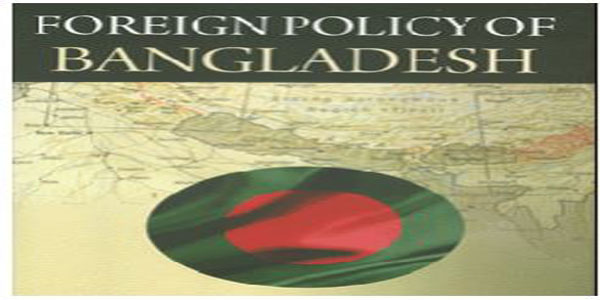
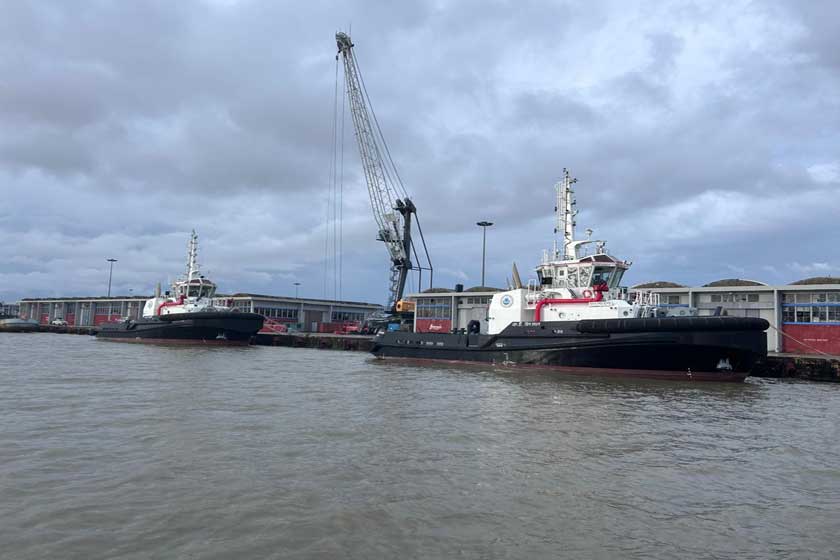
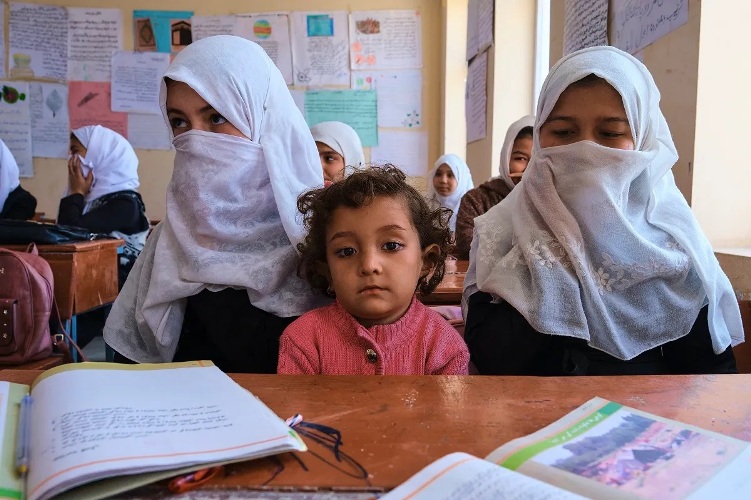
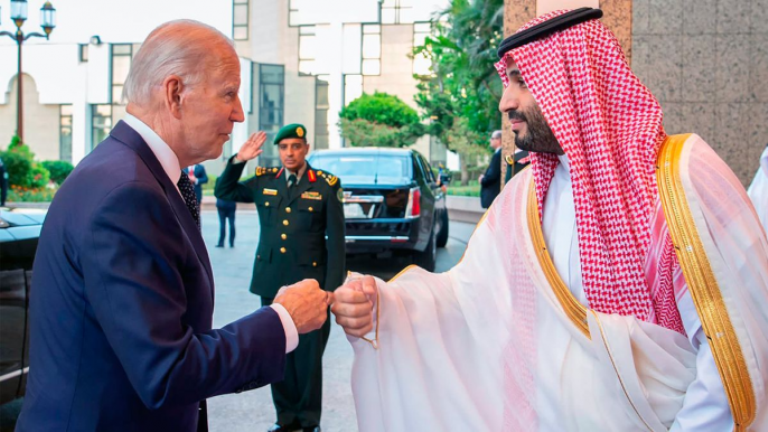

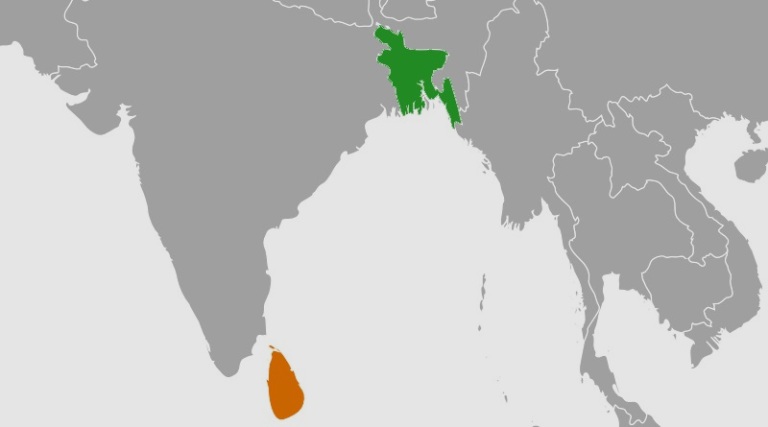
0 Comments